 SURVIVAL WITHOUT RENT III This is a 2020 republishing of the zine Survival Without Rent. We have decided to republish this zine not only because it is a wonderful document of the hay-day of NYC squatting, but also because it has been absolutely invaluable in our experience squatting in New York. This book was originally published in 1986. It was revised and expand-ed in 1989 and now in 2020. This book is intended to help people take back the homes that have been taken away from them by government and business. - INTRODUCTION -1. - INTRODUCTION - 1.
SURVIVAL WITHOUT RENT III This is a 2020 republishing of the zine Survival Without Rent. We have decided to republish this zine not only because it is a wonderful document of the hay-day of NYC squatting, but also because it has been absolutely invaluable in our experience squatting in New York. This book was originally published in 1986. It was revised and expand-ed in 1989 and now in 2020. This book is intended to help people take back the homes that have been taken away from them by government and business. - INTRODUCTION -1. - INTRODUCTION - 1.
HOW TO FORM A GROUP ..PAGE 82. FINDING A BUILDING .PAGE 113. GETTING INPAGE 164. MOVING IN.PAGE 225. EMERGENCY REPAIRS..PAGE 256. LIGHT, HEAT AND FIRE SAFETYPAGE 357.
MAKESHIFT TOILETSPAGE 438. UTILITIESPAGE 469. LEGAL HASSLES..PAGE 6010. SECURITYPAGE 67INTRODUCTION The housing situation in NYC rapidly becomes worse and worse. Abandoned buildings deteriorate with every winter. Low income housing and homesteading programs have disappeared along with our elected officials promises.
Now is the time to take the situation into our own hands. What were saying is that housing policy is dishonest and an insult to anyone living in shelters, crowded conditions, or on the street. These laws are put together by people who can only be described as common criminals who wear nice clothes and live in two or three nice homes. They would never dream of living in the conditions that we are used to. These people profit off our misery. They dont have a grain of sympathy for us, our children, or the sometimes unbearable conditions in which we are forced to live.
This little book has been put together to help people with little or no money find a solution to their housing problems. We hope that after reading it, people will look at an abandoned building in a totally new light. We will go through a step-by-step guide on how to find your building, what to look for, and the cheapest and easiest ways of making it comfortable. Once you are in the building, you will have to deal with the law eventually, so we have included a section covering some basics to keep the police from messing you up. We aim to show methods that you can use to live more comfortably and safely than on the street. We believe that - even if you have no money at all and dont want to have anything to do with other people - you will still find the ideas in this book useful.
It may be less work - and in some ways more comfortable - to live in a shelter. However, we believe that if you can manage to take an empty building, you will have a home with more self-respect and more independence than just about anyone. You can get off the street or out of the shelter and make a decent home for yourself very simply. If you do, we hope that you will use whatever political, legal, or other means you can to keep the powers-that-be from making you homeless again. Mayor Koch once said, if you cant afford to live here, you should get out. Lets give him [and his successors] our answer: 3 Were taking our homes for ourselves, here.
Koch and his cronies can take it or leave it. In 2020, real-estate is the life blood of this city. You are hard-pressed to find a building worth less than half a million dollars. The NYPD is more powerful than ever and is increasingly concerned with attacking people who in any way threaten the well-to-dos claim on the city. The status quo is maintained by forced evictions, locals that bought property while the getting was good, and the compliance of gen-trifiers flooding into the city. The stark reality is that according to Coa-lition for the Homeless, in January 2020, there were 62,679 homeless people, including 14,682 homeless families with 22,013 homeless children, sleeping each night in the New York City municipal shelter system.
Families make up more than two-thirds of the homeless shelter population Each night thousands of unsheltered homeless people sleep on New York City streets, in the subway system, and in other public spaces. There is no accurate measurement of New York Citys unsheltered homeless population, and recent City surveys significantly underestimate the number of unsheltered homeless New Yorkers. The average rent was over $3000 for a two-bedroom apartment. Most tenants in NYC spend the majority of their income on paying rent to the building owner. Many people look at squatting as a thing of the past. The city has sold almost all of its property to developers.
In 2020, its extremely difficult to find a government building that is abandoned, but that doesnt mean that squatting is no longer viable. Rather, it requires a creative approach and a willingness to take risks. Now, there are very few buildings in NYC no one at all wants. Finding the right building is crucial and it may take you a few tries. You have to be ready to face opposition to the state, banks, landlords, neighbors, management companies, developers and sometimes even your peers. Dont get discouraged.
Be creative in what you consider viable in a space. Squatting is not necessarily easier than paying rent. Rather than an economy of money, it is an economy of risk. Each group and person will find their own relationship to squatting. You can use the information in this book 4 for anything from a crash pad for when times are rough, to a political tactic embedded in a broader struggle, to a viable and long-term housing solution. Remember to be creative.
Squatting doesnt have to look a certain way. As financial and political uncertainty rises, there is a very high chance that we will see squatting become not only more possible, but more necessary. We hope that this guide can continue to be adapted and passed-on! 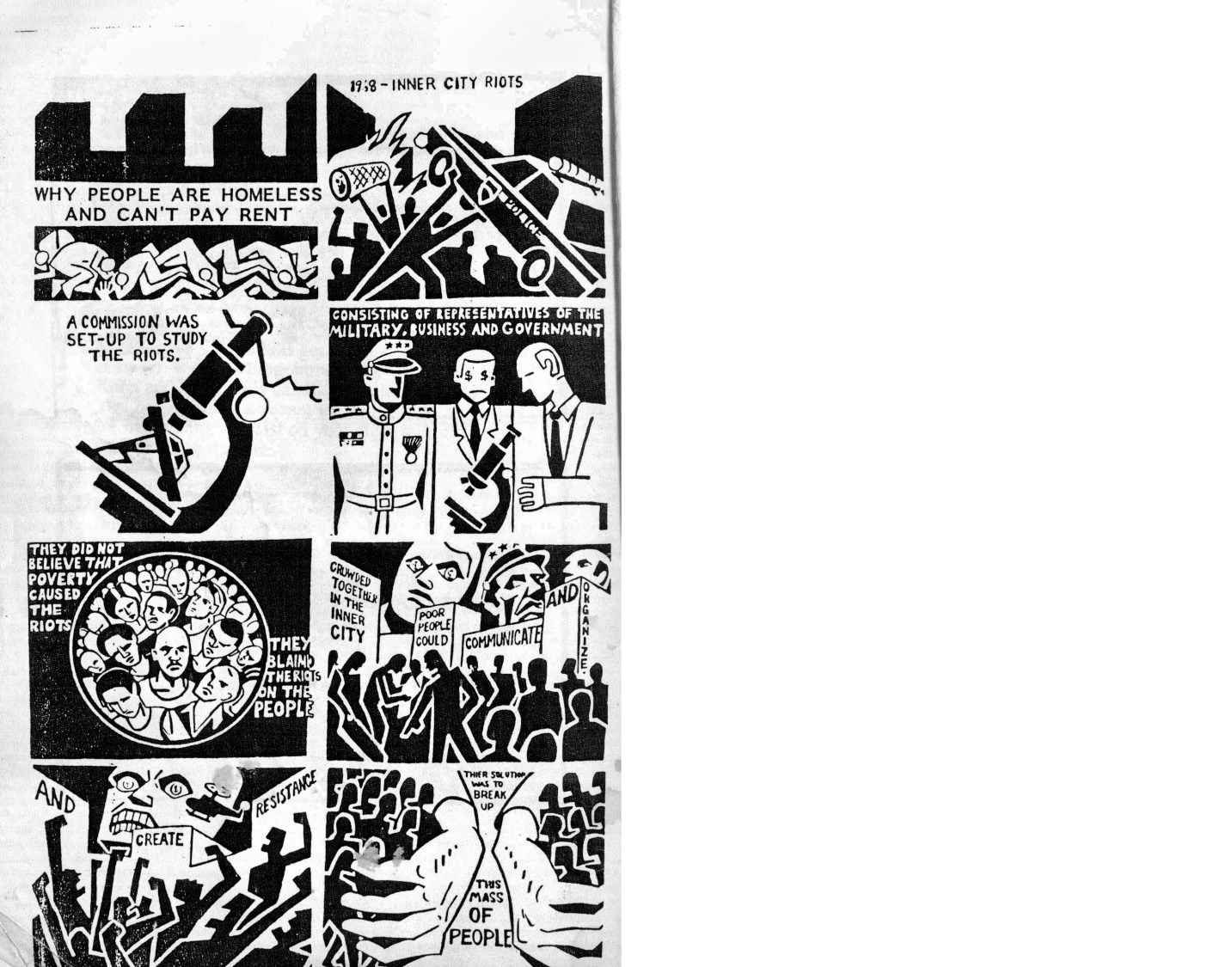
 1. HOW TO FORM A GROUP Going about squatting solo (at least at first) can often be the safest way to operate. That said, forming a group has many other benefits and can increase your ability to improve your collective situation once established. If you are with other people, having a tight and trusted group is crucial.
1. HOW TO FORM A GROUP Going about squatting solo (at least at first) can often be the safest way to operate. That said, forming a group has many other benefits and can increase your ability to improve your collective situation once established. If you are with other people, having a tight and trusted group is crucial.
Take time to get to know someone before you invite them to live in the house. A badly mixed, not-together group will do more damage to the project than the city government will in many cases. The people you live and work with can be more important than the building that you choose. One of the most important aspects of a group is diversity. Every group has its own style; some are more political than others, some like to party, some like to be real business-like and legal, some are arty, and others are maybe just trying to get over and off the street. Whatever your group is like, you should keep in mind that not only do you have to relate to each other, you also have to relate to your community.
Just because youre squatting doesnt mean you wont play a role in gentrification. Be considerate of your surroundings and the community you are entering into. If the neighborhood has been affected by rampant gentrification and an influx of clueless and negligent out-of-towners who have no regard for pre-existing dynamics and a lack of cultural awareness, make sure you and your house exist in opposition to that. A group of people living and working together who all agree on everything cannot exist; someone in the group is always going to have to shelve their opinions, give up, or compromise on an idea. As you will be living amidst the unfamiliar conditions of having no landlord and no way of calling in the police to settle your differences, you should give some thought to the kind of people you want to live with. There is a fine line between warehousing space and inviting in people who are not trustworthy or difficult to live with.
Next page
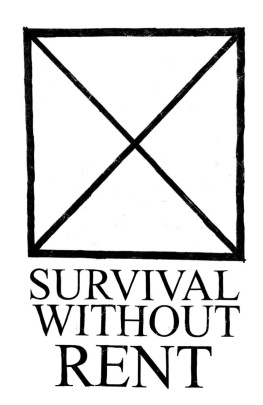
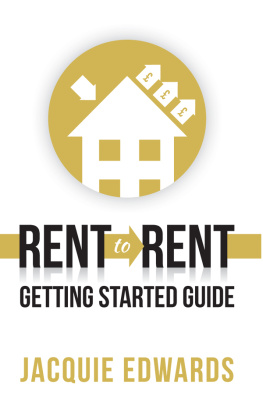
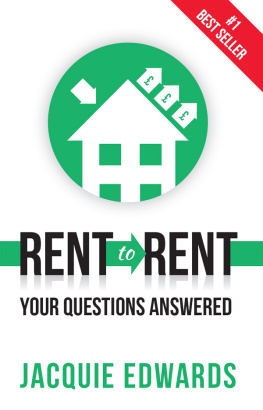
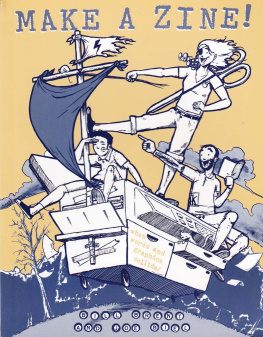
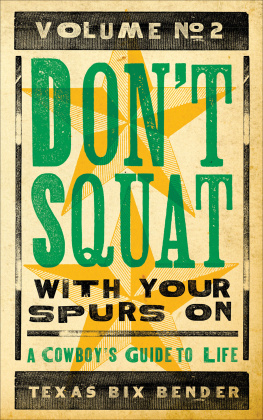

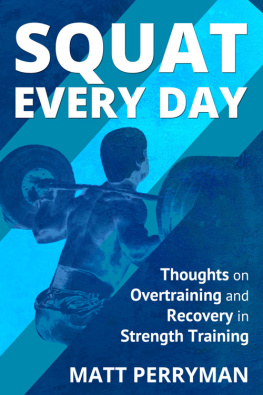


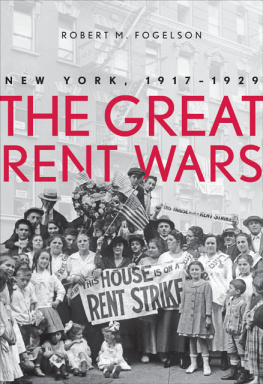
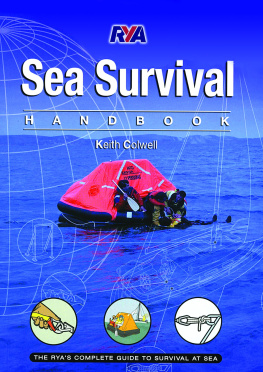
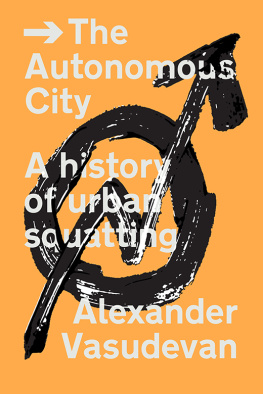
 SURVIVAL WITHOUT RENT III This is a 2020 republishing of the zine Survival Without Rent. We have decided to republish this zine not only because it is a wonderful document of the hay-day of NYC squatting, but also because it has been absolutely invaluable in our experience squatting in New York. This book was originally published in 1986. It was revised and expand-ed in 1989 and now in 2020. This book is intended to help people take back the homes that have been taken away from them by government and business. - INTRODUCTION -1. - INTRODUCTION - 1.
SURVIVAL WITHOUT RENT III This is a 2020 republishing of the zine Survival Without Rent. We have decided to republish this zine not only because it is a wonderful document of the hay-day of NYC squatting, but also because it has been absolutely invaluable in our experience squatting in New York. This book was originally published in 1986. It was revised and expand-ed in 1989 and now in 2020. This book is intended to help people take back the homes that have been taken away from them by government and business. - INTRODUCTION -1. - INTRODUCTION - 1.
 1. HOW TO FORM A GROUP Going about squatting solo (at least at first) can often be the safest way to operate. That said, forming a group has many other benefits and can increase your ability to improve your collective situation once established. If you are with other people, having a tight and trusted group is crucial.
1. HOW TO FORM A GROUP Going about squatting solo (at least at first) can often be the safest way to operate. That said, forming a group has many other benefits and can increase your ability to improve your collective situation once established. If you are with other people, having a tight and trusted group is crucial.